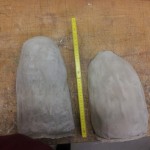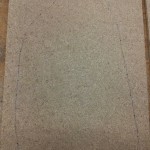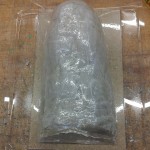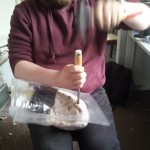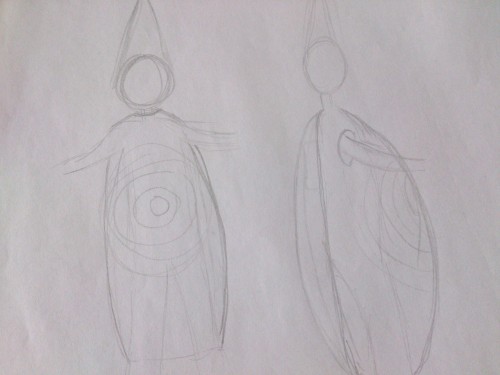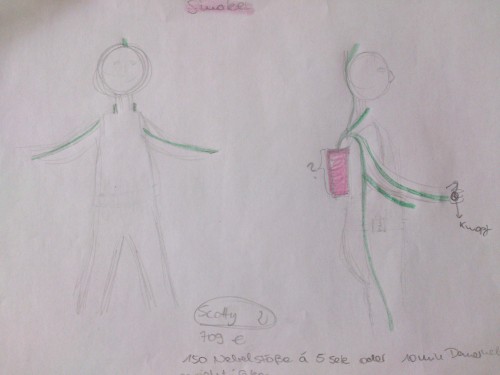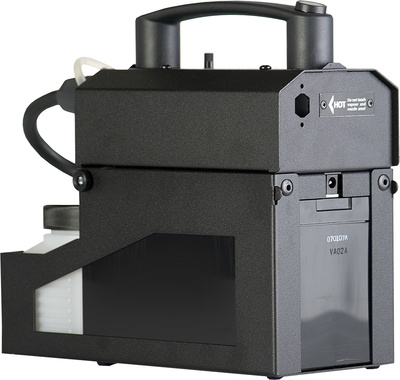Original: Cheok, A., Weihua, W., Yang, X., Prince, S., Wan, F., Billinghurst, M. & Kato, H. (2002). Interactive Theatre Experience in Embodied + Wearable Mixed Reality Space. ISMAR ’02 Proceedings of the 1st International Symposium on Mixed and Augmented Reality, p. 59-317.
Authors: Adrian David Cheok, Wang Weihua, Xubo Yang, Simon Prince, Fong Siew Wan,Mark Billinghurst, Hirokazu Kato
Keywords: Game, Virtual Theater, Wearable Computing
Summary: In the paper it comes through interactive applications, to encourage more users to go back to the theater. In addition, the paper describes how to integrate them into the play, users with different technical progress.
Main Contents: A technique in which Mixed Reality Space is the actors and props of digital objects represented are seamlessly located in the physical space.
There are 3 different research approaches: ubiquitous computing (deals with computing and activities in environment), tangible Interaction (deals with the physical world and physical objects) and social computing (analyze interaction and social conduct).
The result of the paper project will be a unique theater which connects the various interactions with each other. (human-to-human, human-to-physical, world and human-to-virtual-world). Exactly the same thing we want to achieve with our project.
Another technique is a small game that is intended to encourage the spectator to learn playfully over a play. The visitor must run around a particular area (for example, a Historic Game Tate) and can gather information about the play and the author. This is done with a portable computer, which is equipped with GPS, and a digital compass. However, no thoughts have been made about how the wearable computer looks like.

“Wearable Computer System (Source: AD Cheok et al, 2002)”
What does the paper at an actor and what we want in our project?
Live 3D Actors are used to the gestures, body language and movement represent as realistic as possible. For this purpose, a system was developed which represents a live 3D actors in the mixed reality environment.

“Live human actor´s (Source: AD Cheok et al, 2002)”
Longer there is already the 2D representation, but which has the disadvantage that can be detected no precise gestures and movements, thereby the audience does not identify with the actor. Therefore, the 3D representation is always evolving.
Here the actor is thus defined on the basis of his gestures and movements. In addition, the actor is only virtually represented in a digital world. The costume puts into the background white relationship is not mentioned. Moreover, the so called actors are just normal users and not trained stage actor.
Just by the costume we identify in our project but the actor relationship to the white spectacle ends character. With us, the gestures and the movement is not the focus. However, it was also observed when designing the costume. Among other things, in the octopus we have, among other thoughts about how we made moves an octopus when he is aggressive to the electrical control to adjust this.
What does the paper at a theater and what we want in our project?
Interactive theater is a new kind of theater, which is caused by the advancement of technology. In addition, it is possible that the audience is a part of the game and thus is right there.
It is the spectator present a novel theatrical experience.
We understand, however, under theater, classical drama on the stage, with actors as trained professionals, costumes and props. Analog integrated interactive elements in it, with us in the project are the costumes. We want to achieve with our E-Textiles that the viewer gets a new theater experience. However, with us not always reached the spectator right there because he can identify with the technique does not always.
Ideas for costume evaluation: When we evaluate our costume we must respect that the figure can do in the play other gesticular as other normal do.




